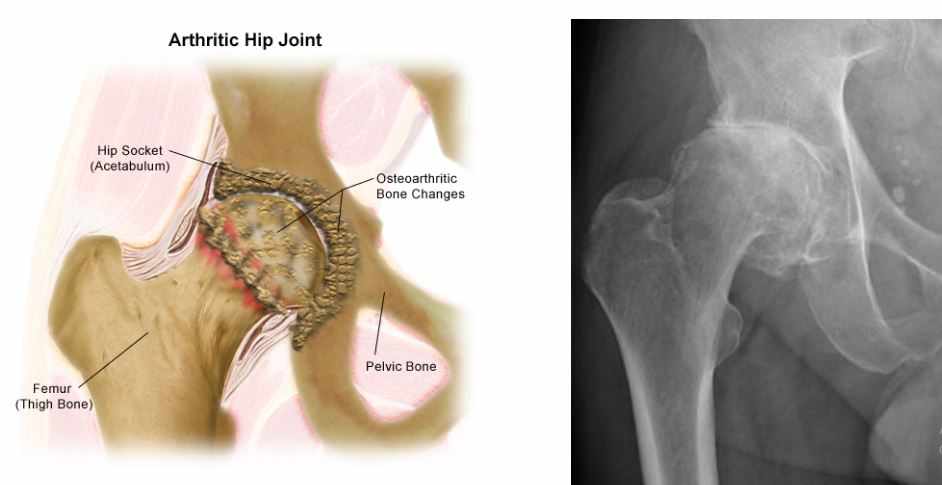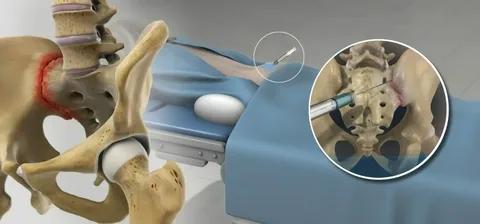
Fractures, or broken bones, can occur from accidents, falls, or medical conditions that weaken the bones. While some fractures heal with simple casting or splinting, others require surgical intervention to ensure proper alignment and healing. Understanding the different types of fracture surgeries and what to expect during recovery can ease the anxiety many patients feel before undergoing treatment. Whether you're facing surgery yourself or supporting a loved one, this guide provides clear insights into the procedures, recovery, and the expert care provided by professionals like Khitish Mohanty.
Common Types of Fracture Surgery
Fracture surgery is typically recommended when the broken bone is displaced, the fracture is complex, or conservative methods aren't sufficient. Below are the most common types of fracture surgeries:
1. Open Reduction and Internal Fixation (ORIF)
ORIF is one of the most widely used fracture surgeries. It involves two main steps:
Open Reduction: The surgeon makes an incision to realign the fractured bone fragments.
Internal Fixation: Hardware such as screws, plates, rods, or pins is used to stabilize the bone internally.
This procedure is common for fractures of the hip, wrist, and ankle. ORIF ensures that bones stay in the correct position during the healing process, reducing the risk of long-term complications.
2. External Fixation
In this method, pins or screws are inserted into the bone on either side of the fracture and connected to a metal frame outside the body. This frame holds the bone in place while it heals.
External fixation is often used in emergencies, particularly when there's significant soft tissue damage, open fractures, or when internal fixation isn't immediately possible. It's usually a temporary solution until a more permanent procedure like ORIF can be performed.
3. Intramedullary Nailing
This technique involves inserting a metal rod into the marrow canal of a long bone (such as the femur or tibia). The nail is locked in place with screws at both ends to stabilize the fracture.
Intramedullary nailing is minimally invasive and is ideal for fractures of long bones, allowing for early mobility and a relatively fast recovery. It’s one of the preferred methods used by advanced orthopedic specialists, including the team at Khitish Mohanty.
4. Bone Grafting
In some cases, the bone may be shattered, or a gap may remain after reduction. Bone grafting involves transplanting bone tissue—either from the patient (autograft), a donor (allograft), or synthetic material—to help the bone regenerate.
This method is often used in conjunction with other fixation techniques to promote healing in complex or non-healing fractures.
What to Expect After Fracture Surgery
Recovery from fracture surgery varies depending on the type of procedure, the bone involved, and the patient’s overall health. Here’s a general overview of what most patients can expect:
1. Post-Surgical Care
Immediately after surgery, the operated area will be immobilized using a cast, brace, or splint. Pain management is crucial during the initial days, and your surgeon may prescribe medications to control inflammation and discomfort.
Swelling and bruising are common, and elevating the affected limb along with icing can help manage these symptoms. Regular follow-up appointments are essential to monitor the healing process and adjust care as needed.
2. Physical Therapy and Rehabilitation
Once the bone starts to heal, physical therapy becomes a key part of recovery. Your doctor may recommend gentle movements or guided exercises to regain strength, flexibility, and mobility.
Depending on the fracture’s location, rehab could last from a few weeks to several months. Commitment to therapy plays a major role in how quickly and effectively one recovers.
3. Return to Daily Activities
Most patients can resume light activities within a few weeks, but returning to full strength takes time. High-impact activities like sports or heavy lifting should be avoided until the surgeon confirms full bone healing through X-rays or clinical assessments.
The recovery process can sometimes feel slow, but staying patient, following medical advice, and keeping a positive mindset are essential. Many patients who receive care from experienced orthopedic surgeons like Khitish Mohanty report smoother recoveries and better long-term outcomes.
4. Potential Risks and Complications
While fracture surgery is generally safe, like any surgical procedure, it carries some risks, such as:
Infection
Blood clots
Nerve or blood vessel damage
Implant failure or loosening
Delayed bone healing or nonunion
Choosing a skilled and reputable orthopedic surgeon minimizes these risks. Patients treated under professionals like Khitish Mohanty often benefit from personalized care plans that address both medical and lifestyle needs.
Final Thoughts
Fracture surgery plays a critical role in restoring function, reducing pain, and preventing long-term complications from broken bones. Whether the treatment involves internal fixation, external support, or bone grafting, understanding your surgical options and post-op expectations can help you feel more in control of your recovery journey.
Always consult with a trusted orthopedic specialist to determine the best course of action. Experts like Khitish Mohanty are committed to delivering patient-centered care using the latest surgical techniques, ensuring that each individual receives optimal treatment for their specific condition.










Write a comment ...